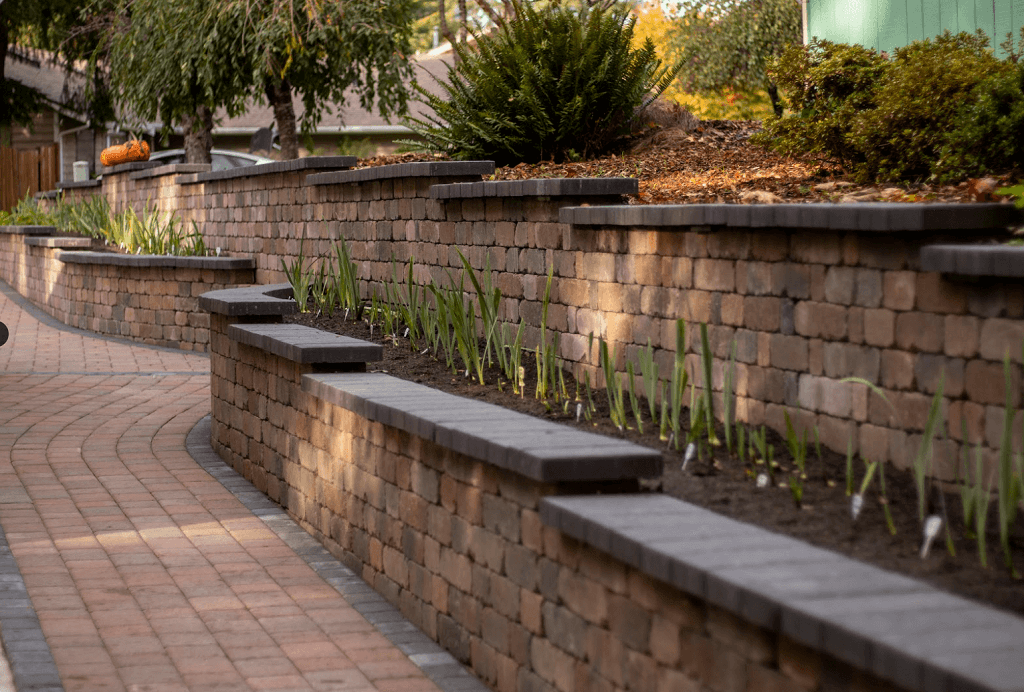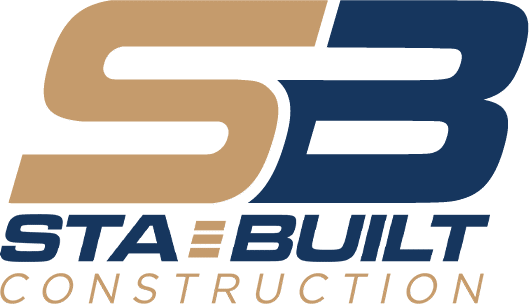
Building a retaining wall can be a challenging project, but with the right planning and preparation, it can be a successful and rewarding experience. However, it’s also important to know what not to do when building a retaining wall in order to avoid potential problems and setbacks. In this article, we’ll outline some common mistakes to avoid when building a retaining wall.
Failing to Obtain Proper Permits and Approvals
- Before beginning construction on your retaining wall, it’s essential to obtain the necessary permits and approvals from local authorities. These permits are required to ensure that your retaining wall meets building codes and safety standards. Failing to obtain the proper permits can result in costly fines, delays, and the need to dismantle your retaining wall.
Choosing the Wrong Material
- The type of material you choose for your retaining wall is critical to its success. Some common materials include concrete blocks, stone, and wood, but each has its own pros and cons. It’s important to choose the right material for your specific needs, taking into account factors such as cost, durability, and appearance.
Ignoring Soil Type and Conditions
- The type of soil and the conditions of the area where your retaining wall will be built are important considerations. For example, clay soil can expand and contract with changes in moisture, putting stress on your retaining wall. Ignoring these conditions can result in a retaining wall that is unstable and prone to failure.
Underestimating the Size and Strength of the Wall
- Another common mistake is underestimating the size and strength of the wall needed for your specific situation. Your retaining wall must be able to withstand the weight of the soil and any other materials it’s supporting. This means it must be built with the right materials, at the right height and with the proper reinforcement.
Improper Drainage
- Proper drainage is critical to the success of your retaining wall. If water is allowed to accumulate behind the wall, it can put pressure on the wall and cause it to fail. It’s important to incorporate proper drainage measures, such as perforated pipes or gravel, to ensure that water is properly redirected away from the wall.
Improper Installation Techniques
- Finally, it’s essential to use proper installation techniques when building your retaining wall. This includes proper digging and excavation, proper placement of materials, and proper reinforcement. Improper installation techniques can result in a retaining wall that is unstable, unsightly, and prone to failure.
In conclusion, building a retaining wall requires careful planning, preparation, and attention to detail. By avoiding these common mistakes, you can ensure that your retaining wall is built to last, is safe, and adds value to your property. If you’re unsure about the process, consider hiring a professional contractor with experience in retaining wall construction to help guide you through the process. Sta-Built Construction offers retaining wall installation services in western Washington and Oregon.
Recommended Article: Retaining Wall Maintenance

